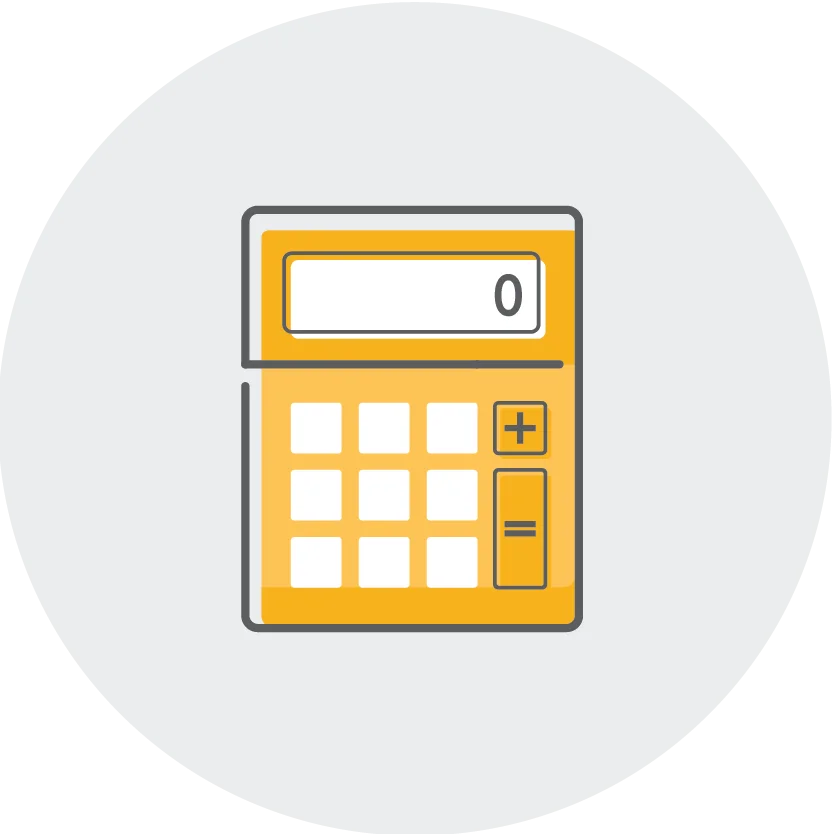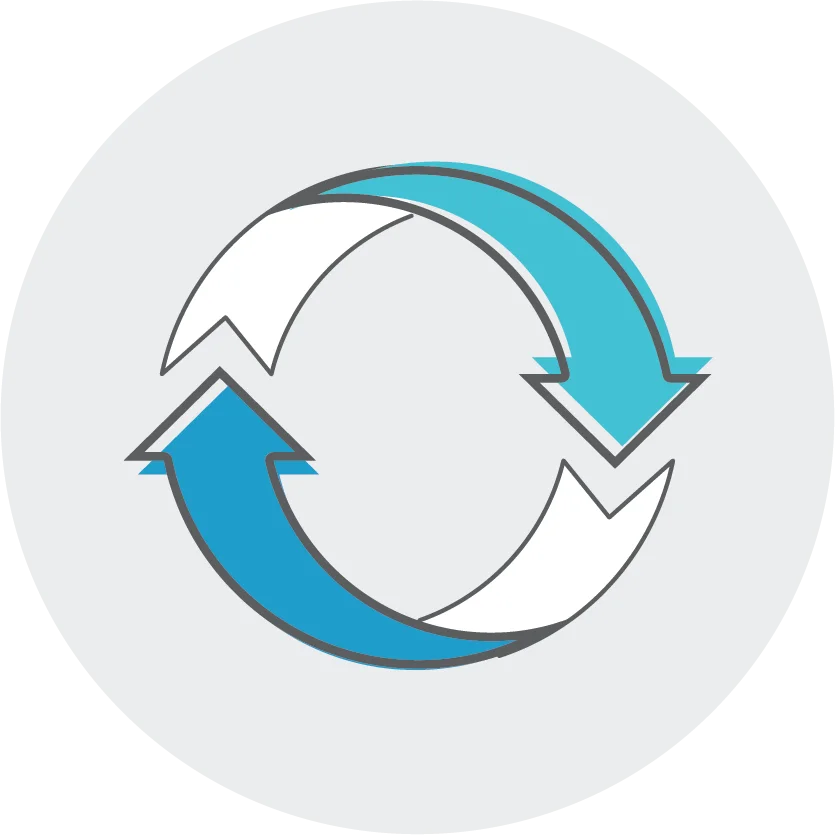Although applying for a mortgage can seem like a complex process, many borrowers will have more than one mortgage loan in their lifetime. This could be due to a new home purchase, or a home refinance. Refinancing means that you replace your existing mortgage loan with a new loan. So, the new mortgage loan pays off the former loan. Because of the falling interest rates and rising home values, interest in refinancing has increased over the last few years. For homeowners who do not plan on moving for a few years, a refinance could be a great chance to replace their current mortgage with a new loan that better fits their personal and financial needs.
When to Refinance
You may be wondering, “How do I know it’s time to refinance?” Many homeowners refinance to alter their mortgage interest rate or loan term, convert from an adjustable-rate to a fixed rate loan or vice versa, or eliminate private mortgage insurance. Depending on your long and short term goals, the opportunity to save money can be a motivator for refinancing your mortgage. Knowing when to refinance is a personal decision, that will differ from homeowner to homeowner, but here is a list of the most common incentives:
Alter Your Mortgage Term
When you first purchased your home, you may have preferred a 30-year term because it had lower monthly payments. Or you might have preferred a shorter term because it had a lower interest rate that would save you money over the lifetime of the loan. No matter what your current mortgage loan is, many homeowners like having the opportunity to alter their loan term as part of refinancing. For example, if monthly cash flow is now a concern, you could increase your loan term from 15 years to 30 years to lower your required monthly payment. Or the opposite: if your financial situation has improved, you could shorten your loan term, which would save you interest over the full duration of your loan.
Change Your Monthly Mortgage Interest Rate
Mortgage interest rates change over time. The opportunity to reduce the interest rate applied to your current mortgage is a great reason to refinance your home loan. In fact, securing a lower interest rate is one of the most common reasons homeowners choose to refinance their mortgage.
Convert Loan Structure
Two common loan types are fixed-rate and adjustable rate loans. A fixed-rate mortgage maintains the same interest rate over the life of the loan. An adjustable-rate mortgage is a loan where the interest can change, either increasing or decreasing after an initial introductory period. Depending on your eligibility and financial circumstances at the time of your original mortgage application, either the fixed-rate or adjustable-rate loan was better fit for your needs. For example, some homeowners who previously secured an adjustable-rate loan because it offered a lower interest rate convert their mortgage to a fixed-rate loan when rates become volatile. Converting loan structure is a benefit that can result from a refinance.
Eliminate Private Mortgage Insurance
For many first-time home buyers, the biggest hurdle in obtaining a mortgage is having enough money for a down payment. Because of low down payment threshold and requirements, many homeowners purchase their first time with an FHA loan or a conventional loan. As a result of providing a lower down payment (typically less than 20%) the borrowers are responsible for paying private mortgage insurance (PMI) in addition to their monthly mortgage payment. Most of the time, borrowers are required to establish 80% equity before PMI can be removed from their loan. So, most homeowners spend years paying PMI. A refinance is a chance to remove this. Once a homeowner has established 20% equity in their home, they’re eligible to remove PMI as a result of refinancing their mortgage. Refinancing could ultimately save some homeowners thousands of dollars over the life of their loan in this case.
Benefits of a Cash-Out Refinance
There are two main types of refinance mortgage loans: rate and term refinance and a cash-out refinance. A rate refinance allows a homeowner to change their interest rate. A term refinance allows a homeowner to change the duration of their home loan. A cash-out refinance enables a borrower to capitalize on the equity they’ve established in their home as a result of consistent monthly mortgage payments. A cash-out refinance, in which you’ll refinance your mortgage for a larger amount than the existing mortgage loan, frees up a portion of your existing home equity in cash.
Refinance to Consolidate Debt
Unsecured debt can become a huge burden for homeowners. Personal and retail credit cards often come with interest rates as high as 24%. In 2018, the average credit card interest rate was 15.32%. This is nearly four times greater than recent average mortgage interest rates. Making minimum payments on high-interest credit cards can cost thousands of dollars. By using the funds received as a result of a cash-out refinance to pay off high cost credit card debt, you could have significant monthly savings. In addition, consolidating your debt will decrease the number of monthly bills you have, essentially replacing multiple bills with a single mortgage payment. This can also help avoid hefty credit card late fees.
Refinance to Get Cash for Home Improvements
Home renovations can add value to your property, but making home improvements can be costly. Utilizing the funds from a cash-out refinance to cover the cost of home improvements gives you access to better interest rates than other payment options. Also, instead of balancing multiple monthly payments, you’ll be able to pay for the renovations over time as you make your monthly mortgage payment. In some states, you can also write off the cost of home improvements to reap a tax benefit.
Refinance to Cover High-Cost Expenses
A cash-out refinance can often provide a homeowner with funds needed to pay for a major expense, such as medical bills, buying a car or student loans. Although personal loans and credit cards can also pay for major expenses, both typically come with high interest rates. For example, the average interest rate for a personal loan is between 5 and 15% and many credit cards can charge interest rates as high as 24%. A cash-out refinance can be an opportunity to get the liquid assets you need to cover high cost expenses, with a reasonable interest rate.
You Can Apply for a Refinance Online!
Refinancing can be a breeze, with the right help at your side. You can get pre-qualified for a refinance loan in minutes with Mutual of Omaha Mortgage. The Mutual of Omaha Insurance Company has been helping customers since 1909, and Mutual of Omaha Mortgage continues that tradition. The experienced loan originators and mortgage professionals at Mutual of Omaha Mortgage can help you review the benefits and decide if a refinance is right for you.











